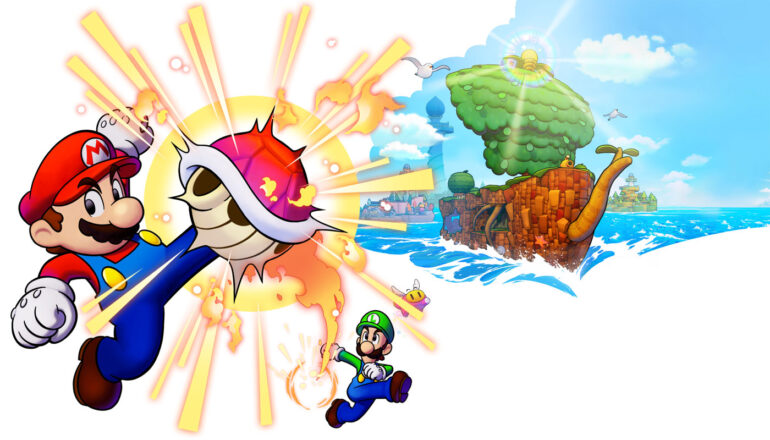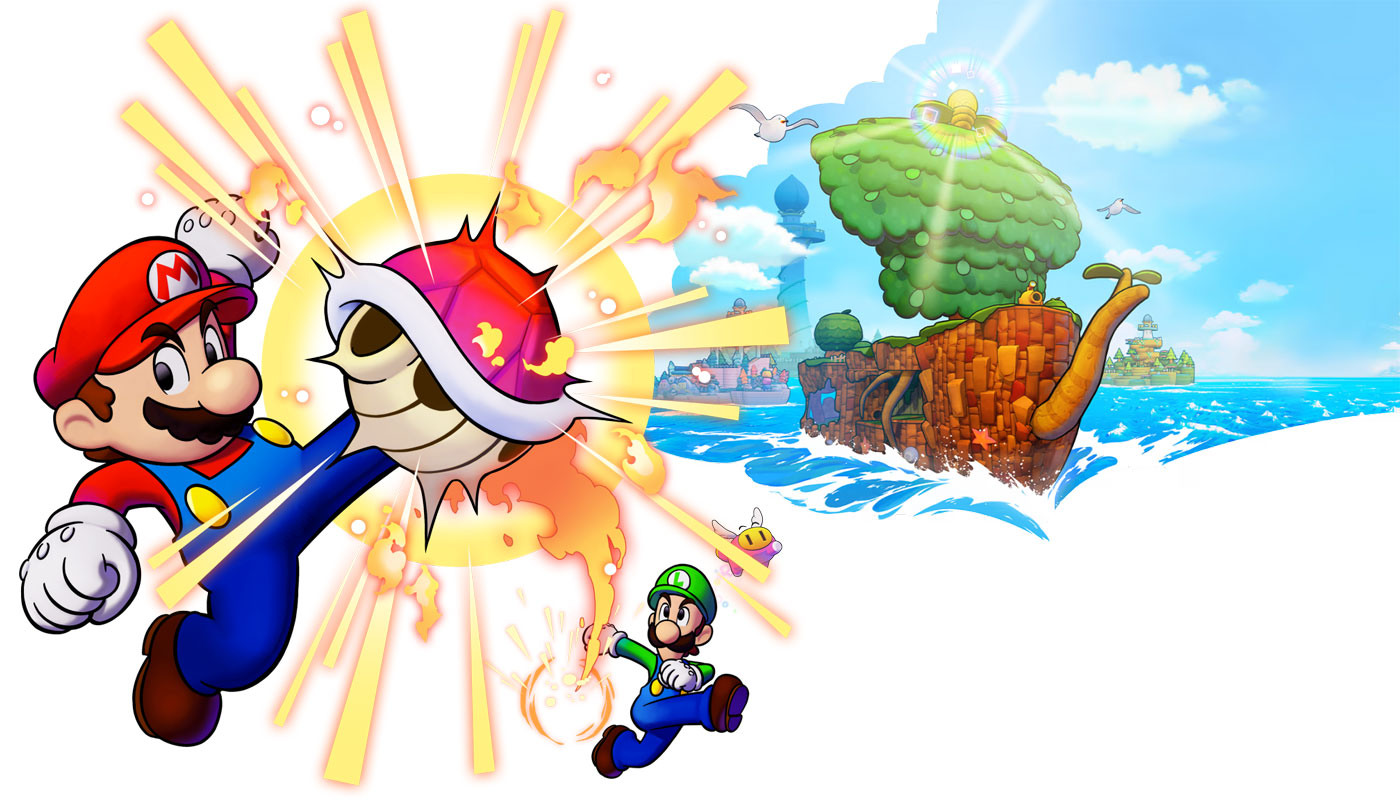While we’ve already had two Mario-centric RPGs in the last year on the Switch, it’s been over a decade since Nintendo released an original Mario & Luigi game. While Super Mario RPG and Paper Mario were remakes, Mario & Luigi: Brothership is an entirely new adventure. A new storyline, no nostalgia to carry it and, more interestingly, a (moderately) new developer. That being said, while Brothership is easily the most interesting in the series so far, there are many hurdles you’ll have to jump before it reveals its brilliance to you.
During the game’s opening moments, Mario and Luigi are whisked away to the now-divided continent of Concordia by a mysterious vortex. Here, they meet Connie, a local of the area, who explains to the brothers that Concordia has broken apart. Mario and Luigi, as they always do, set off on an adventure to reconnect all of the disparate islands, restoring the continent to its former glory. It’s a straightforward premise that, while plodding, eventually evolves into something more intriguing and unique than I’ve ever experienced in any Mario-themed RPG.
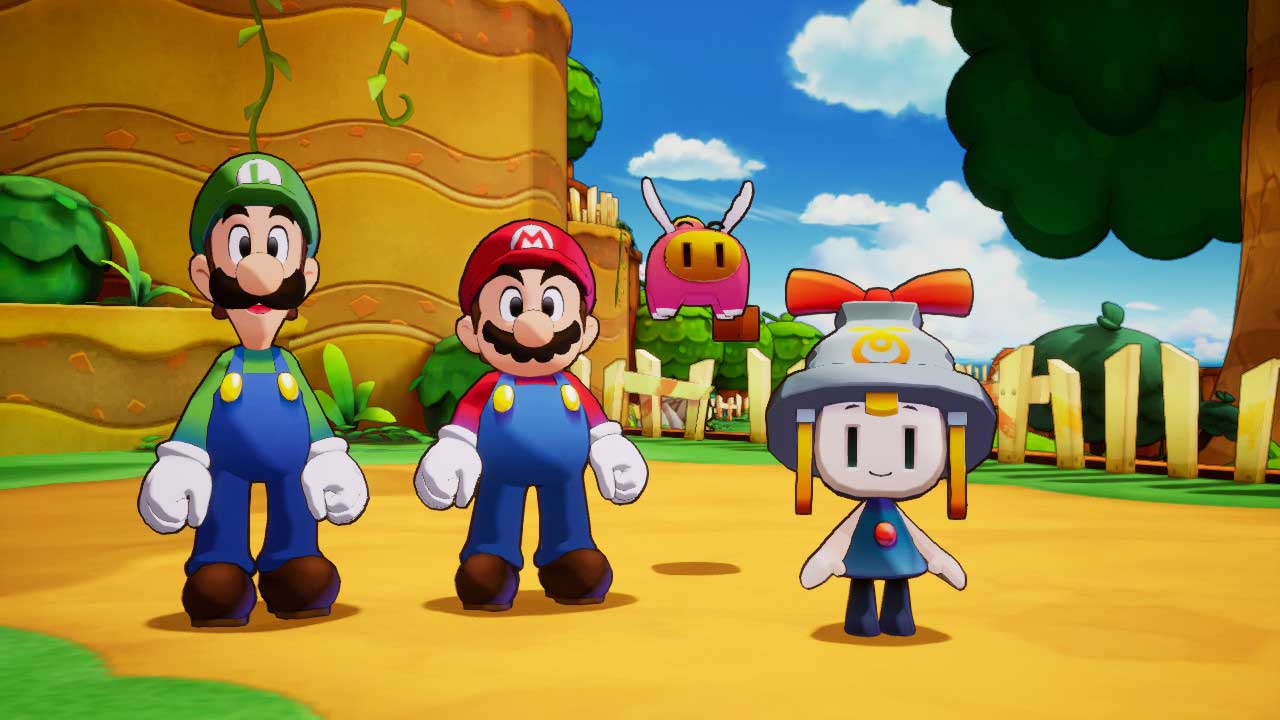
But in terms of how it plays, Mario & Luigi: Brothership feels incredibly similar to previous games. The general structure of the game has you moving from island to island, solving a slew of puzzles, battling enemies and reconnecting islands to rebuild Concordia. It’s a simple premise saved by the variety of dungeons you’ll explore. But it really, really takes a lot to get going. Pacing is perhaps the biggest issue I have with Brothership, which starts with the method of transport that you’ll use to get from island to island.
Your main hub, an island shaped like a ship, called Shipshape Island, can move from area to area by riding currents on the ocean. While riding, if you’re near an island, you can use a cannon on Shipshape to shoot yourself there. It’s simple, but where it really falters, mainly in the opening hours, is how it simultaneously encourages completionists and frustrates them.
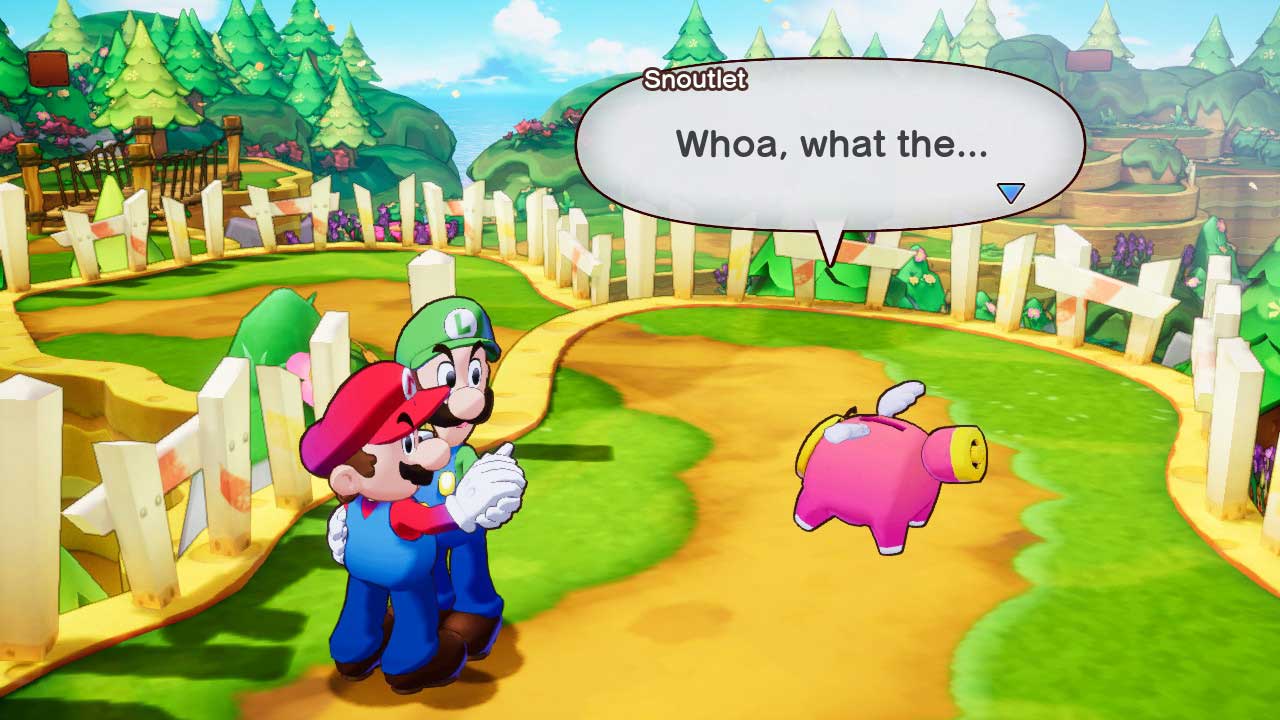
The way it works is simple. Your ship will reach its destination in real-time after selecting the current you want to ride. Brothership encourages you to complete optional content during this time, which takes minutes. Things like completing side quests, some of which are time sensitive or exploring areas on already visited islands that have opened up since you’ve connected them. I often found myself going off to do side quests, being notified that we were approaching the island, but then missing the island before I even got back to the cannon. With nothing else to do, I had to wait more minutes for the ship to make its way around the current again.
To be completely transparent, this issue became less of a problem after upgrades were given to the ship to make things a bit more manageable. But it took over ten hours to get to that point where my concerns melted away, and I’m not sure other players might be that patient. This problem might sound minor, but if a player doesn’t put up with it, potentially even if it never reaches the game’s incredible second half because of it, that’s an issue that’s worth highlighting.
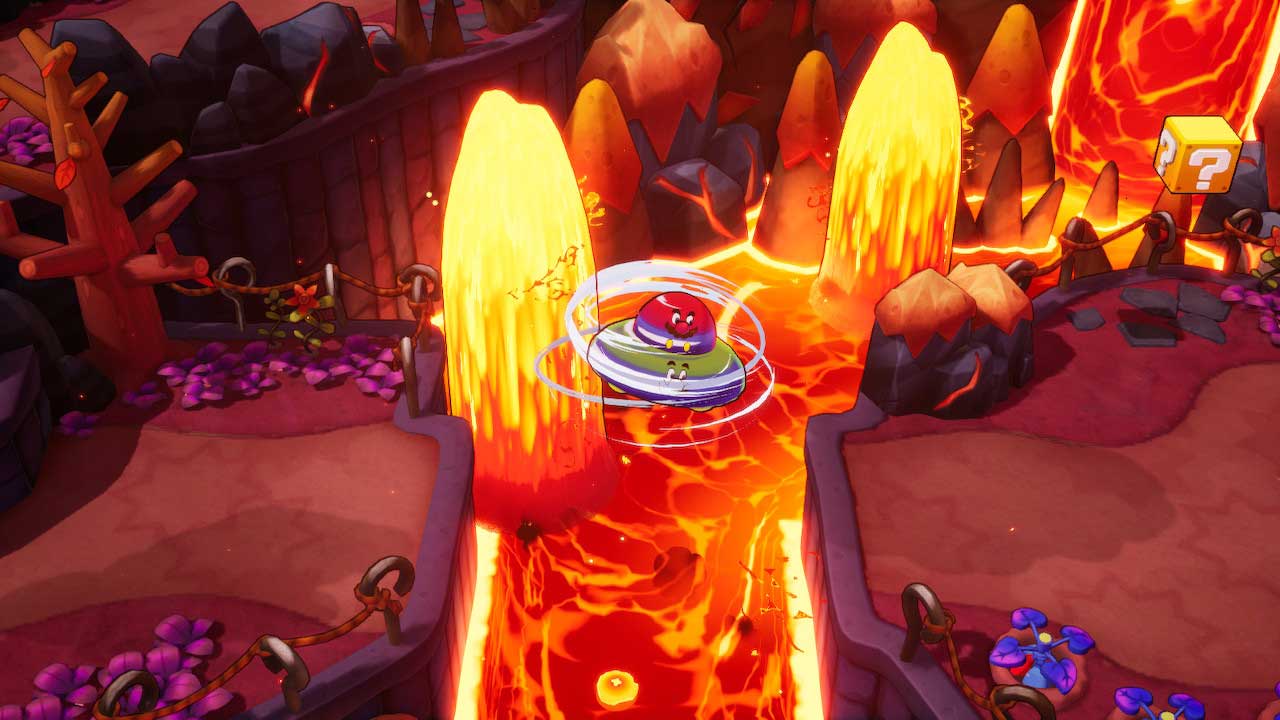
It speaks to my most significant problem with Brothership – it’s poorly paced. While the tutorials are quick and easy to digest and get through, Brothership’s characters constantly stop the game to talk to you every few minutes, reminding you of where you are or what you need to do. If these scenes were presented with the same charm and humour I’d seen in, say, Paper Mario earlier this year, I’d be okay with it. But Brothership is so afraid to let players go that it becomes tedious. I’m not going as far as to say it’s anything as mind-numbingly frustrating as Fi’s constant interruptions from Skyward Sword’s original release, but it is regular and detrimental to the pacing enough that I’d be remiss to mention it.
It’s a colossal relief that it’s incredibly strong when the game gets going. If you’ve played any RPGs Nintendo has been putting out on the Switch recently, you’ll know what to expect. Mario and Luigi have similar move sets (think jumping and hammers) but differing stats. The combat is turn-based, with battles having you hit rhythmically timed button presses to improve your damage or reduce incoming damage. This simple system is more engaging by the active element that happens as your turn plays out, and every enemy behaves differently to be avoided too.
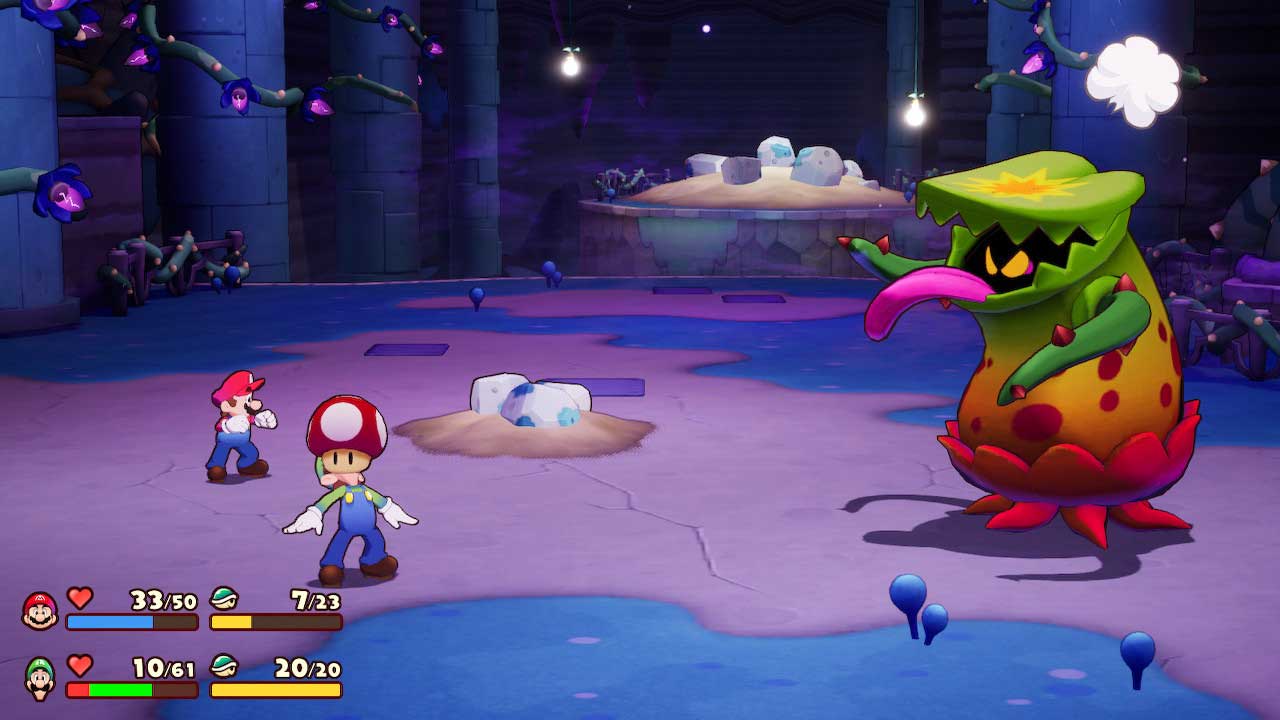
Where Mario & Luigi games have always differed is in the Bros. Attacks, where Mario or Luigi can initiate an attack that the other brother will participate in to do massive damage to a single enemy or heaps of enemies in the arena. These are a joy to pull off – the simplest of one has the brothers kicking a shell to each other, building up flames on it before power kicking it into a group of enemies. They’re incredibly interactive and always fun to use, and they look better than previous games, thanks to Brothership’s vibrant art style. There’s a nice mix of new and old, some even featuring cameos from other characters, and I’ll never get tired of doing them.
THE CHEAPEST PRICE: $68 WITH FREE SHIPPING
The other significant addition to the combat is the plug system, similar to the badges from Paper Mario. Once unlocked and crafted, these can be slotted into your team to add different effects to your attacks. Plugs grant effects like doing guaranteed critical damage against certain enemies or automatically using an item when inflicted with a status ailment. Mixing the right plugs together can even have unique effects too. The catch is that plugs eventually run out and will recharge once swapped out for others. It’s a clever but simple system that forces you to experiment with different loadouts of the various plugs rather than just relying on the same ones, something I admittedly did plenty of in Paper Mario earlier this year.
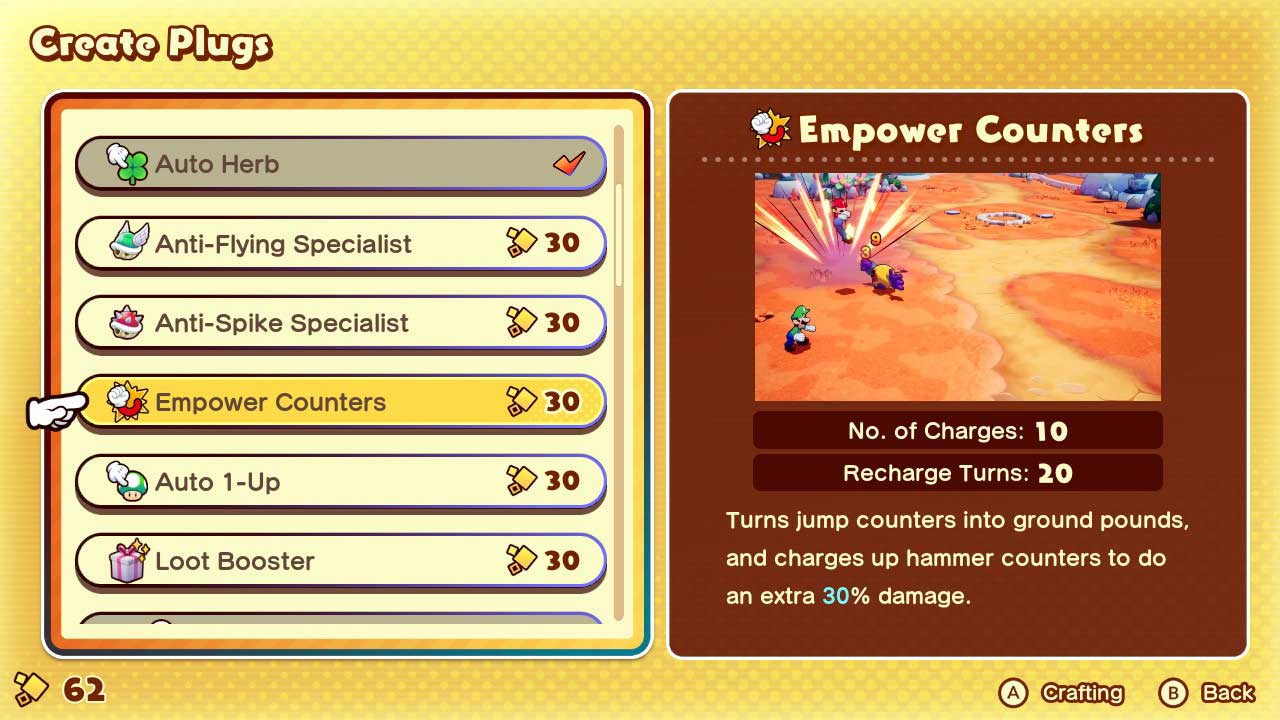
But it’s not all about the battles either – the other major new addition is Luigi Logic. It’s a clever way to get Luigi to participate more than in previous Mario & Luigi games. Tapping the L button essentially sends Luigi to help you with a task. Sometimes, it’s as simple as helping you to smash a bunch of blocks. Other times, he’ll jump in to help with a puzzle, removing some of the tedium that controlling just one character would typically bring. It’s a glorified partner Al system, for sure, but it’s incredibly intuitive, and there was never a point where Luigi wouldn’t do what I needed him to. Luigi Logic is similarly used in battle, taking advantage of environmental structures to help both him and Mario do massive damage to enemies during more intense boss battles.
When you’re not in battle, you’ll still be exploring the islands. Many of them have simple objectives, requiring you to solve local issues to reconnect to the mainland or traverse them to get to the lighthouse. Some are longer and more involved, serving similar functions as the typical dungeons you’d expect to find in an RPG. While I found the larger ones to go on for a bit too long, contributing to Brothership’s pacing issues that I’ve already talked about, the variety on offer here is to be commended.
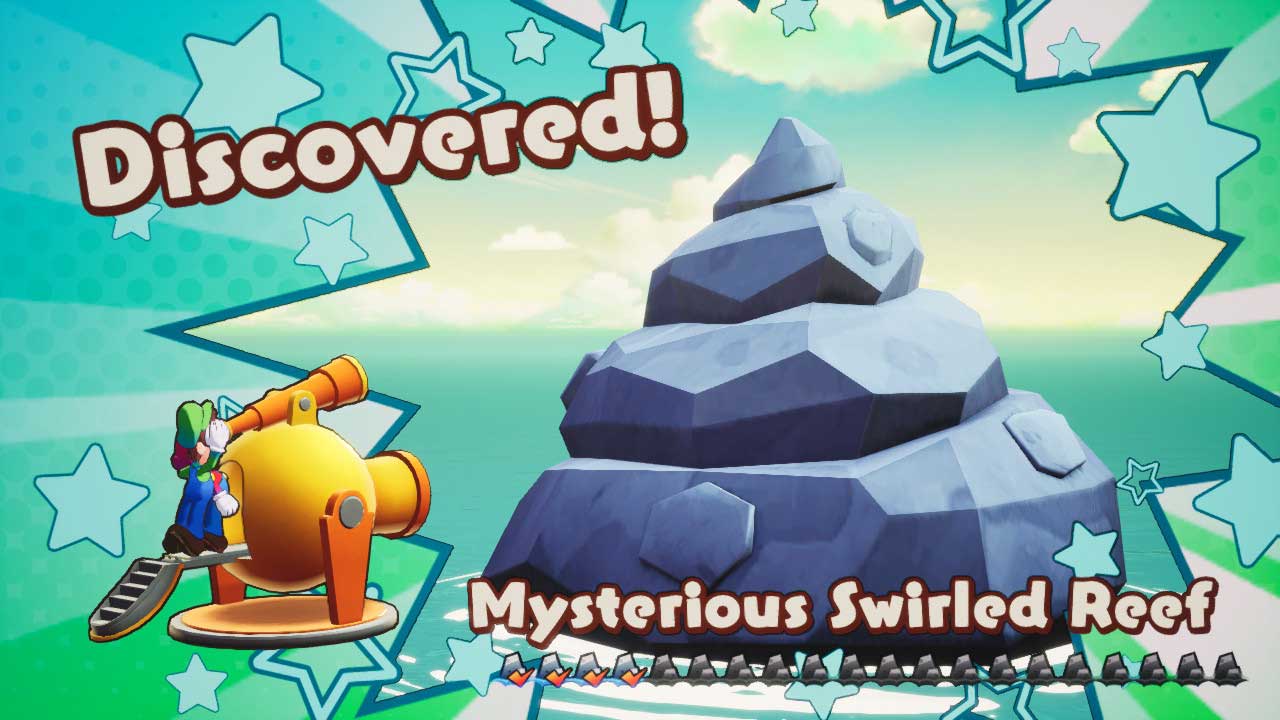
Of course, there are side quests to complete if you so wish, but most of these feel like the typical ones you’d find in an RPG from decades ago. You’ll often just have to go speak to someone after receiving them from someone else and then be rewarded something trivial like a consumable or a piece of equipment you’ve already superseded with something else. There are smaller islands to explore, called islets filled with puzzles, and reefs to find in a more involving side quest, but otherwise, this is fairly typical optional content you’d expect to see in an RPG like this. Some special quests continue the side characters’ storyline, but they’re few and far between.
Visually, Brothership is as slick as ever. The game employs a heavily stylised look that makes the game look like the concept art for all previous games, except in real-time. It’s bright, colourful and incredibly expressive. I can’t tell you how often I smiled, seeing Mario or Luigi scream in terror as the other brother fell in battle or even just fussed over the other brother whenever I missed an attack. It’s a bright and colourful world filled with even more charming enemy designs that I couldn’t get enough of. And while the lack of a 60fps mode is disappointing, the game still runs at a very steady and stable 30fps.
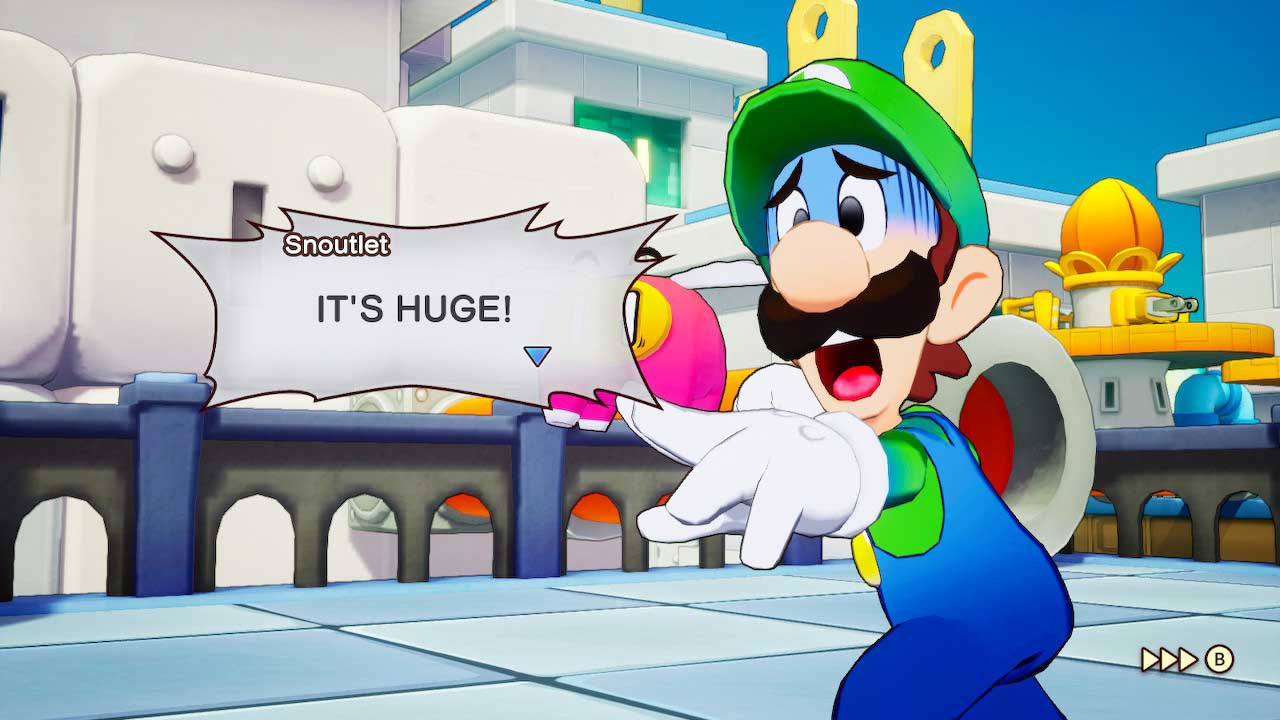
So, as my time came to a close with Brothership, I felt awfully conflicted. It’s easily the most interesting Mario & Luigi game, especially narratively speaking, once it gets going in its utterly stellar second half. But the pacing issues, including the need to constantly throw you into repetitive conversations, really bring the whole experience down. It’s just as well the game flips the script the way it does, though, as such a pivot combined with a strong, classic battle system makes Brothership the traditional Mario & Luigi game fans have been clamouring for so long.


